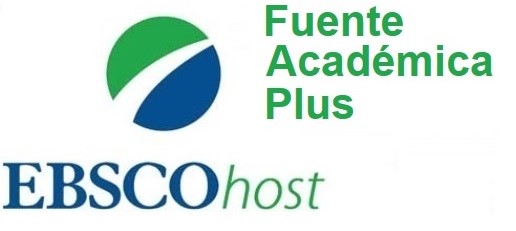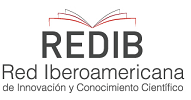High yield sugar cane bagassee hidroalcoholic pulping. II. cooking
Keywords:
Organosolv pulping, Ethanol pulping, Sugar cane bagasse, kineticsAbstract
This work intends to obtain high yield bagasse pulps using moderate pulping conditions, including low sodium hydroxide charges (up to 3%). The adaptation of existing factories to the use of this minimum environmental impact process could be possible. The proposed final use for these pulps is corrugating board, mixed with recycled paper. Experiences were made in CICELPA, UIS, Colombia and PROCYP, UNaM, Argentina laboratories. Selectivity and reaction speeds of bagasse hidroalcoholic delignification in the high yield range increase with alkali charge, temperature and ethanol-water ratio. The global project aim is to manage an environmentally compatible and economically competitive technology of corrugating board production, taking profit of material and energy integration of sugar cane derived products.




















